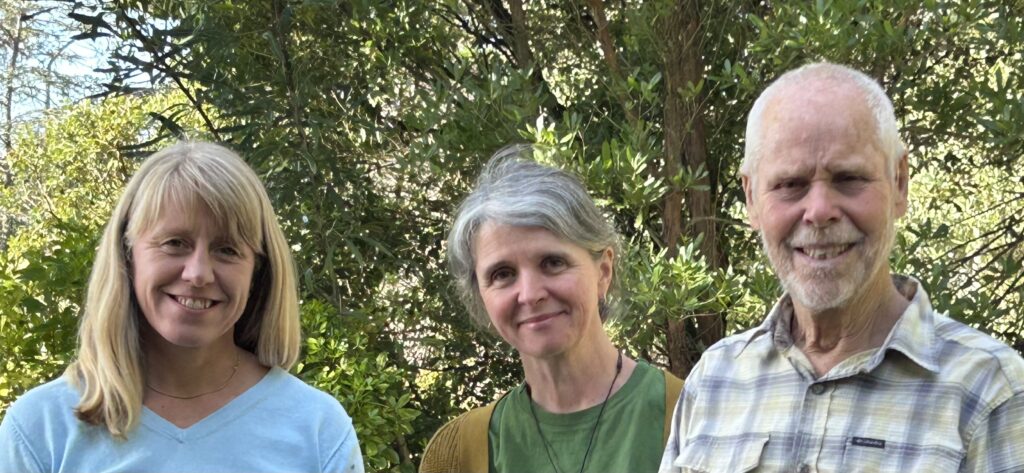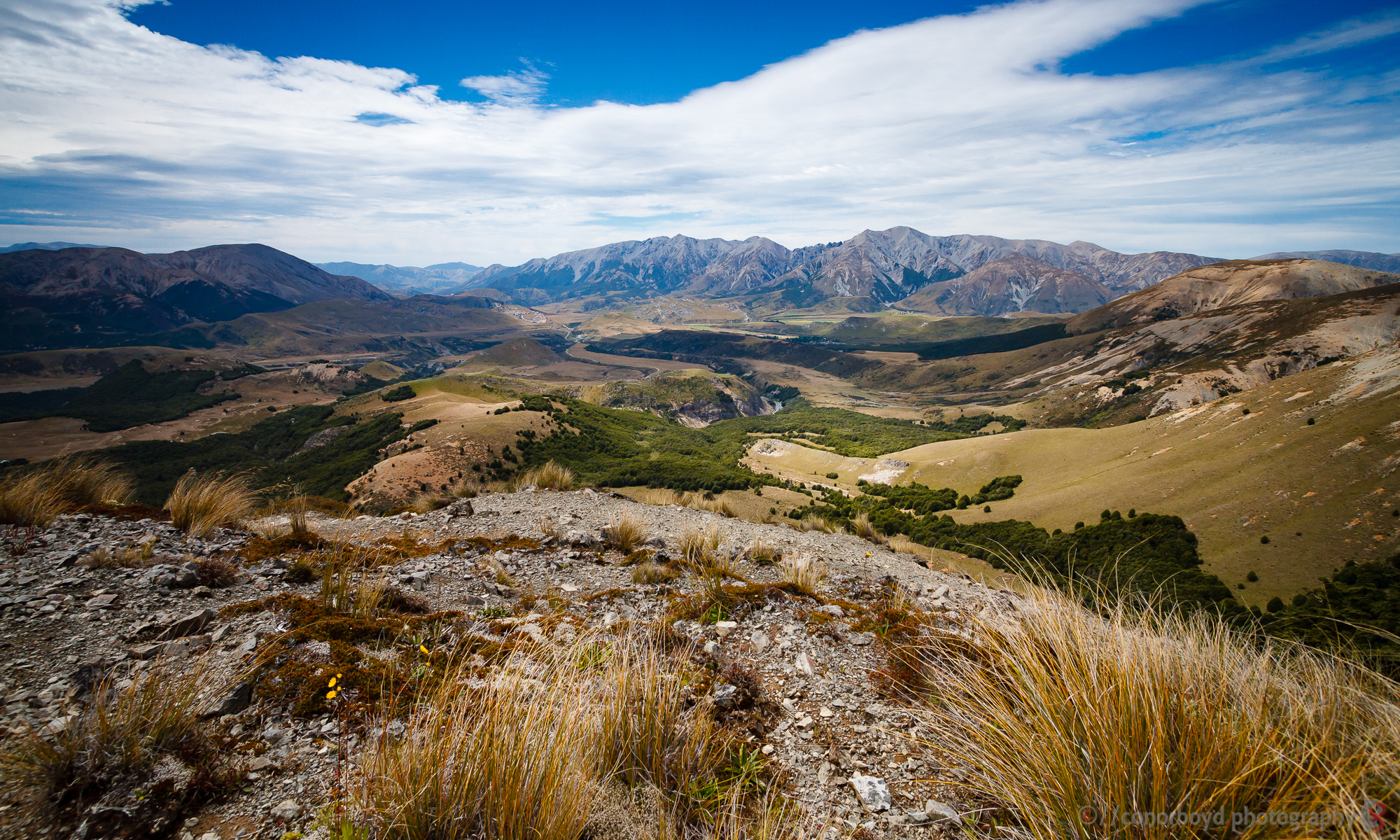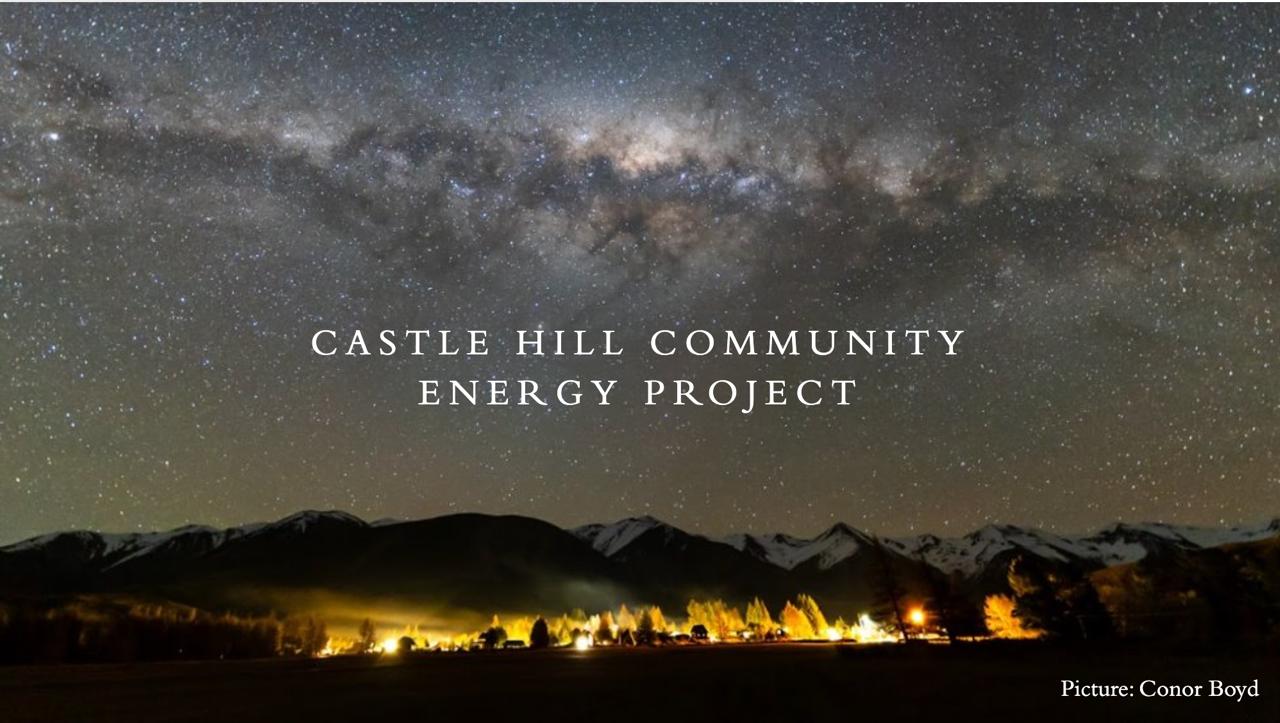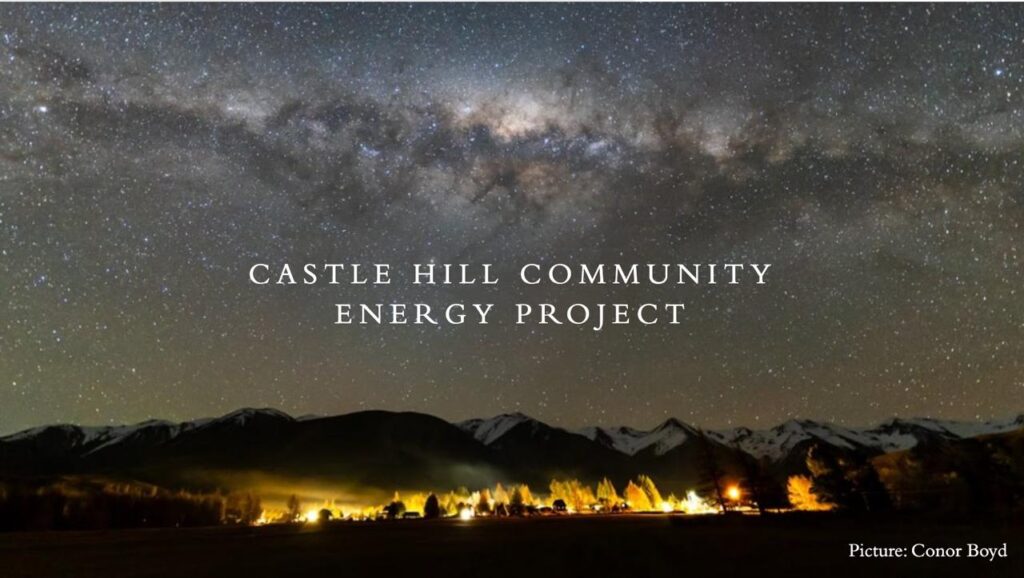
Latest – View current panel installations in the village
On 2 March 2025, we held a Solar Walk to visit existing solar PV installations on homes around the village. If you missed it, download our online guide with information on the various solar systems, which you can follow in your own time.
Project introduction
In mid 2024 a small group of homeowners from Castle Hill Village with an interest in energy sustainability started talking about solar projects at the Village as a way to reduce power prices and provide resilience for our community during emergencies.
A survey to guage interest for a community energy project was undertaken in October 2024, with enhancing resilience of the village the key objective for respondents. The results are here.
The concept of a community energy project in Castle Hill was accepted as part of the first Community Energy Activator, run in collaboration with Orion Energy, Ara Ake and the Community Energy Network from September – November 2024. It was the only Selwyn District based project of the 9 projects accepted. Read more about the pilot programme here and our project mentor, Bill Heaps, here. A summary of the pilot Activator programme by Ara Ake can be viewed here and the inspiring final presentations can be viewed here.
Project objectives
- An off-grid, low carbon solution to support Castle Hill Village emergency response and recovery in the event of a disaster.
- Reducing/offsetting the carbon emissions of the Village and its associated infrastructure (e.g. fresh water and waste water treatment).
- Assessment of the feasibility of a “Virtual Power Plant” with grid stabilisation capabilities (Yet to be scoped – Phase 2).
Current focus – partnership building with Selwyn District Council
Late in October 2024, the project team presented to the Selwyn District Council (SDC) to gauge interest in local government support for this community initiative . The presentation can be viewed on YouTube starting at 20:18. The SDC Council minutes note the presentation on pages 2 and 13.
In late February 2025, SDC invited us back to brief Council in more depth. Councillors are in favour of the proposal and have requested a feasibility study to be undertaken by Council management. The briefing can be viewed on YouTube, starting at 1:29:49. The relevant section from the Council briefing paper is below.
Point of interest – our local grid exit point substation
The village is in close proximity to the 66kV power lines coming from the Coleridge power station, with the grid exit point (GXP) substation located close to the village, east of State Hwy 73 and south of the Thomas River.
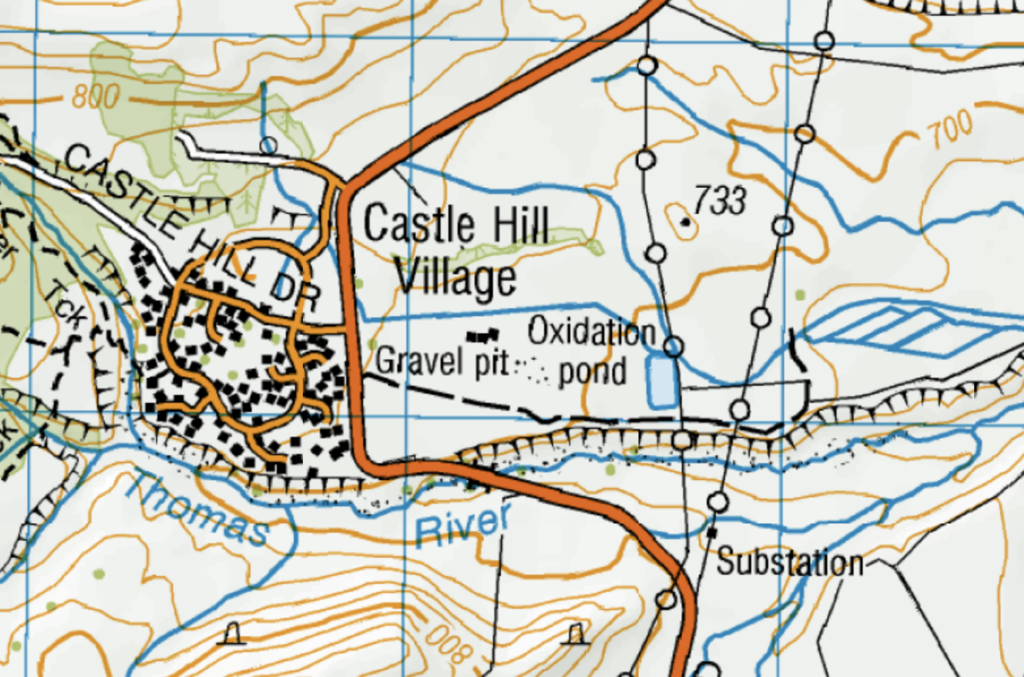
Image from https://www.topomap.co.nz
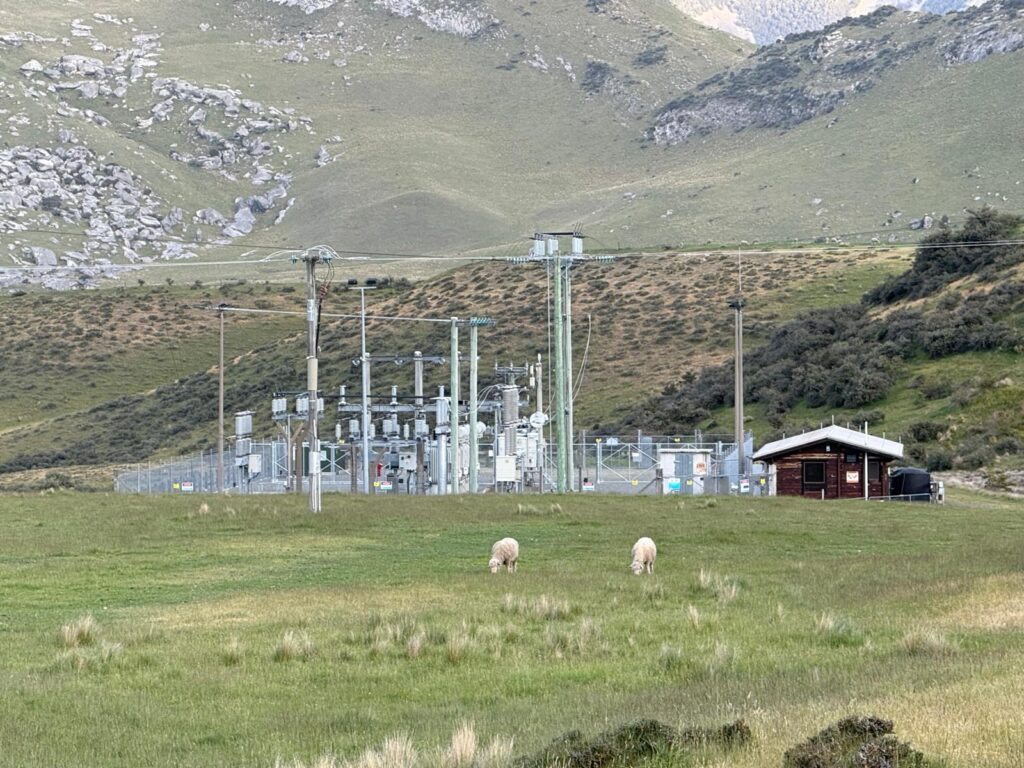
Castle Hill Grid Exit Point (GXP) Substation. Credit: Bill Heaps
Media articles
Project contacts
Kate Hodgins, Dave Laurie and Helena Parsons
castlehillenergyproject @ gmail.com
